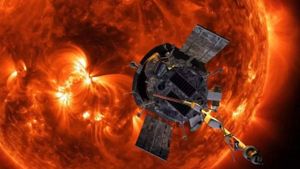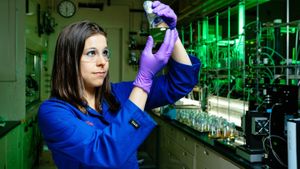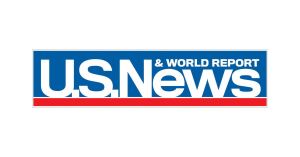Two NASA astronauts, Sunita "Suni" Williams and Barry "Butch" Wilmore, are currently undergoing one of the most extended stints aboard the International Space Station (ISS) following unforeseen complications with Boeing's Starliner spacecraft. What initially started as an eight-day mission has transformed dramatically, stretching their mission to nearly eight months. NASA announced on Saturday, August 24, 2024, the astronauts will not return until February 2025, relying on SpaceX's Dragon capsule for their transport back home.
The duo liftoff took place on June 5, expecting to accomplish various tasks on the ISS through June 14. Yet, as they docked successfully, significant issues emerged with Starliner. Twins of problems, including helium leaks and thruster failures, plagued the mission. NASA and Boeing teams worked diligently to troubleshoot the spacecraft, leaving Williams and Wilmore to adapt to their unforeseen extended stay.
NASA Administrator Bill Nelson confirmed the decision to bring Starliner back without its crew was rooted primarily in prioritizing safety. "Spaceflight is risky, and every test flight, by nature, contains inherent dangers," he explained. With numerous tests underway to gather all necessary data from the spacecraft, NASA appears committed to maintaining high safety standards and reliability for future missions.
Under the circumstances, Wilmore and Williams remain busy aboard the ISS, conducting numerous research experiments and maintaining the station alongside Expedition 71 crew members. Williams, who holds the record for the most spacewalks by a woman, emphasized their current work, saying she and Wilmore were well-prepared for the mission's extended duration.
The need to utilize SpaceX's Dragon for their return marks another shift in NASA's approach to human spaceflight. SpaceX has successfully completed numerous crewed missions to the ISS since the debut of its Dragon capsule. With the Starliner's return now uncrewed, confidence appears to wane for Boeing’s Starliner project, dealing it yet another blow after its rocky development history.
The SpaceX Crew-9 mission is set to launch no earlier than September 24, carrying additional astronauts to the ISS. Wilmore and Williams will fly home with this crew, following several months of research and months spent aboard the ISS—a true test for their endurance and adaptability.
NASA's decision to use SpaceX over Boeing reflects not only the agency’s commitment to safety but also its willingness to pivot away from its original plans when facing uncertainty. "This decision is part of maintaining our focus on safety; it will give us the best path forward to learn from this mission, which will greatly contribute to the Starliner's progress and the overall safety of our future endeavors," Nelson continued. The whole episode sheds light on the technical challenges posed by modern space exploration and the companies vying for contracts and partnerships with NASA.
The Starliner, which was supposed to offer NASA another reliable option for transporting astronauts, has faced numerous delays since its inception, evidenced by the present scenario. Originally intended to assist with trips to the ISS, the spacecraft has instead impeded the return of its inaugural crew and reflects the hurdles Boeing needs to overcome as it works to regain credibility after these incidents.
While the astronaut duo remains safe and continues their work high above the Earth, the situation raises questions about the responsibilities companies have when tasked with carrying astronauts. Historical tragedies, such as the Challenger and Columbia space shuttle disasters, haunt NASA’s decision-making processes today, reminding officials of the continuous need for vigilance and caution. Williams and Wilmore's protocol highlights the significance of thorough analyses and transparent communication between agencies involved, especially when human lives are at stake.
Now, the forthcoming weeks lead to Boeing’s Starliner’s unmanned return to Earth, scheduled for September. With all eyes on NASA and their collaborative mission with Boeing, the agency’s decision is likely to impact future paths for both Boeing's ambitions and the significant partnerships necessary for human spaceflight. For now, astronauts Williams and Wilmore remain resolutely professional, focusing on their tasks aboard the ISS until they inevitably return home after what has become one of the longest missions to the International Space Station undertaken under such circumstances.



